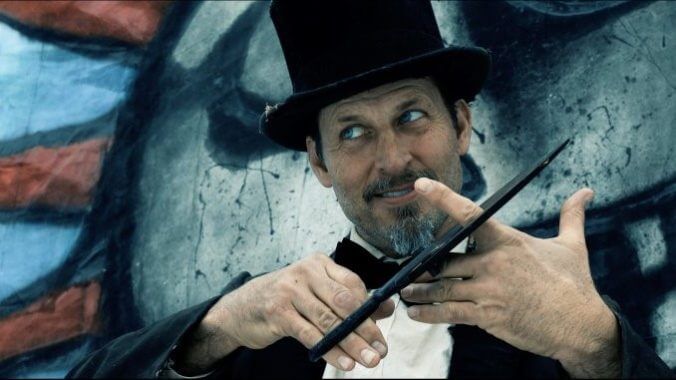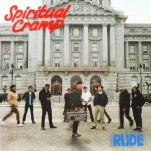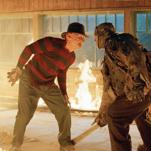The Adams Family Happily Travel Where the Devil Roams

The family that makes horror movies together, stays together, and keeps making horror movies together. The Adams family – Toby Poser, John Adams, and their daughters, Zelda and Lulu; not the ones from the comic panels or macabre movies – figured out the secret about a decade ago: Build a production company out of whatever materials are on hand, take on each role and all duties required in film production, and shoot microbudget pictures with your kids. Some people schedule game nights for family bonding; the Adamses make movies like The Deeper You Dig, last year’s Hellbender and, now, Where the Devil Roams.
-

-

-

-

-

-

-

-

-

-

-

-

-

-

-

-

-

-

-

-

-

-

-

-

-

-

-

-

-

-

-

-

-

-

-

-

-

-

-

-








































